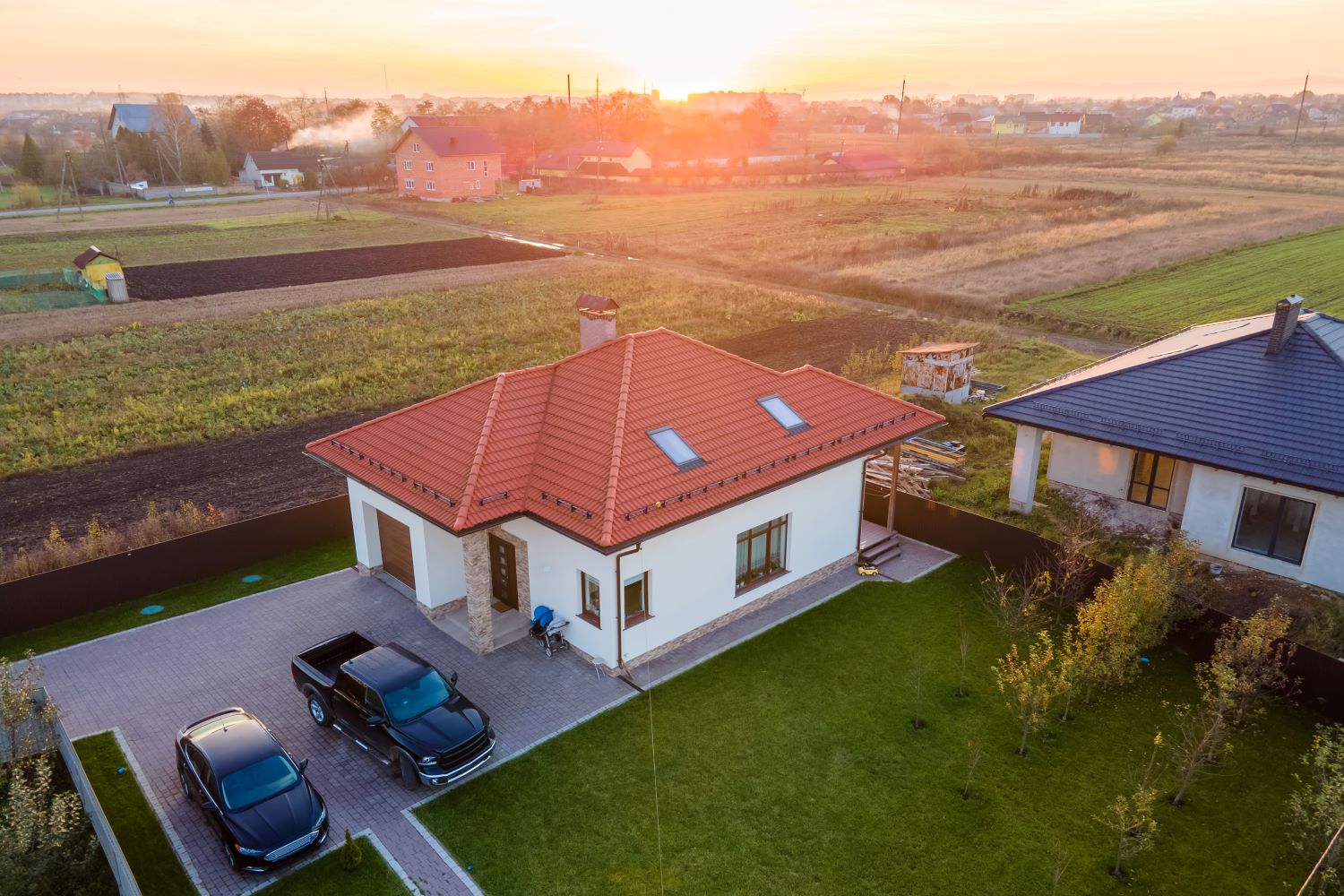
In today’s world, where people’s lifestyles are increasingly diverse, choosing a place to live has become a significant decision that requires careful consideration. Whether it’s living in the city, surrounded by convenience and fast-paced life, or in the suburbs, with its tranquility and closeness to nature, both options offer unique charms and challenges. Deciding between urban and suburban living ultimately depends on individual needs, lifestyles, and personal goals.
For those who appreciate modernity and the convenience of daily commuting, city life may be the answer. Cities are equipped with comprehensive amenities such as shopping malls, hospitals, educational institutions, and efficient public transportation systems. On the other hand, suburban areas stand out for their serene atmosphere, fresh air, and spacious environments, which are ideal for family life or relaxation.
However, both urban and suburban living come with their respective advantages and disadvantages. Factors such as the cost of living, transportation, safety, and the area’s potential for development should all be carefully weighed. Understanding these differences can help you make an informed decision about choosing a location that best suits your needs and lifestyle.
In this article, YOOHOO will guide you through an exploration and comparison of the pros and cons of urban and suburban living, helping you plan the best future living arrangements for yourself and your family.

Highlights of Suburban Homes
- Lower Costs
Housing in suburban areas is generally more affordable compared to urban locations. This is because land prices in the suburbs are not as high as in the city, and there is still a significant amount of undeveloped land available. However, buying a home in the suburbs at a lower cost may not always be worthwhile if it is located far from your workplace.
- Lower Cost of Living
With the lower cost of housing, daily living expenses in suburban areas are naturally more affordable than in the city.
- Larger Land Sizes
Due to the lower land prices, suburban homes tend to have more spacious plots compared to homes in the city at similar price points. This makes them ideal for larger families.
- Peaceful and Private Environment
Suburban areas offer a tranquil and less hectic atmosphere, making them a perfect choice for those who value privacy and wish to escape the hustle and bustle of city life.
Drawbacks of Suburban Homes
- Limited Amenities
Being outside the city means that amenities and infrastructure are often less developed compared to urban areas.
- Longer Commutes
A major trade-off for living in the suburbs is the increased travel time. Most workplaces and essential services are concentrated in urban areas, necessitating longer commutes to access them.
- Slower Growth and Challenging Investments
Property prices in suburban areas tend to grow at a slower pace, and finding tenants can be more challenging if you plan to rent out your home.

Highlights of Urban Homes
- Comprehensive Amenities
Urban living provides a wide range of amenities, catering to various lifestyles. With shopping malls, educational institutions, and comprehensive services at your fingertips, city life appeals to those who enjoy its conveniences. However, these perks come with higher costs.
- Convenient Transportation
Cities offer accessible and efficient transportation systems, reducing travel time and costs. Proximity to workplaces and multiple commuting options make city living ideal for those seeking convenience.
- Rapid Growth and Investment Potential
Urban areas are constantly developing, leading to rising property values. Buying a home in the city offers high potential for future price appreciation, making it a strong investment choice. Additionally, renting out a property is easier in urban areas, with high demand and competitive rental rates.
- More Time for Daily Activities
Shorter commutes save time, allowing urban residents to spend more quality time with family or engage in other activities.
Drawbacks of Urban Homes
- High Costs
Homes in the city are expensive due to limited land availability. The competition for urban housing drives up prices, particularly for standalone houses, which often start at 10 million THB or more.
- Smaller Land Sizes
Limited land availability in urban areas means smaller plot sizes for homes. Developers reduce lot sizes to keep prices somewhat accessible, making urban homes less spacious than their suburban counterparts.
- Unsuitability for Large Families
The smaller size of urban homes and land makes them less ideal for large families who need ample space for daily activities.
- Reduced Privacy
High population density in cities means less privacy for residents, as homes are often situated close to one another.
Urban is brimming with energy, offering the hustle and convenience that cater to those seeking accessibility and flexibility. However, this often comes at the cost of higher expenses and diminished privacy. Meanwhile, suburban areas serve as a refuge for those yearning for peace and spacious living, despite challenges in commuting and limited amenities.
